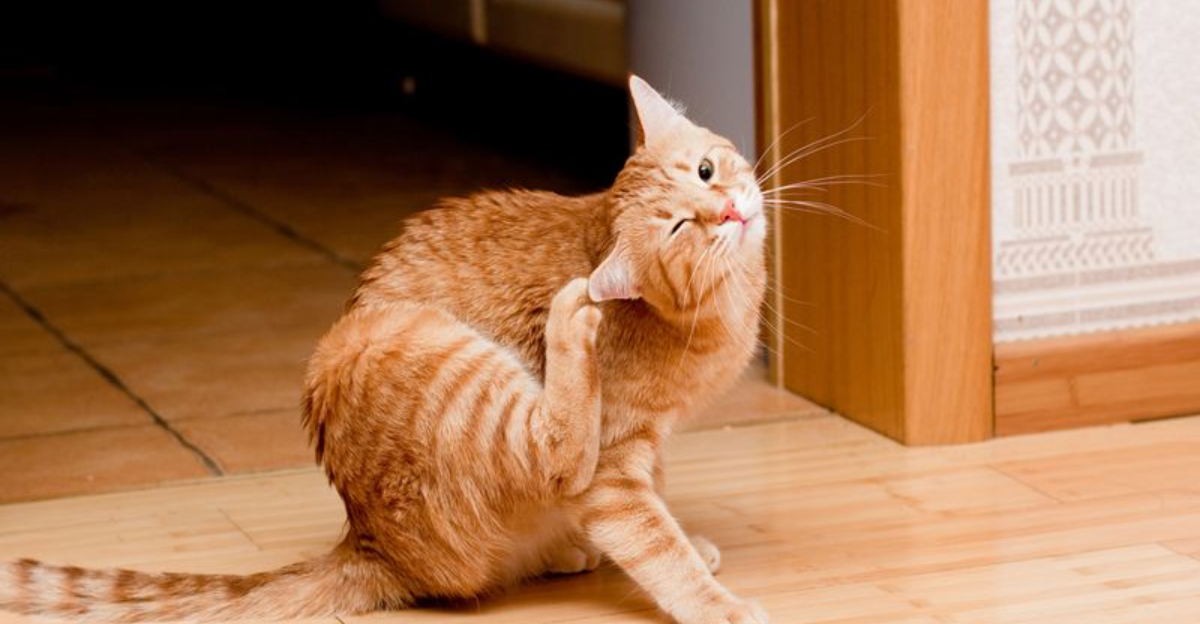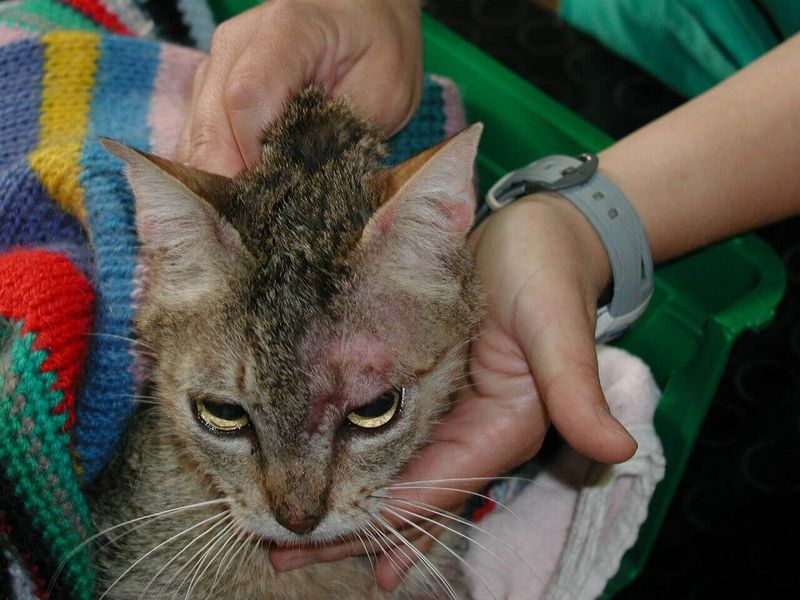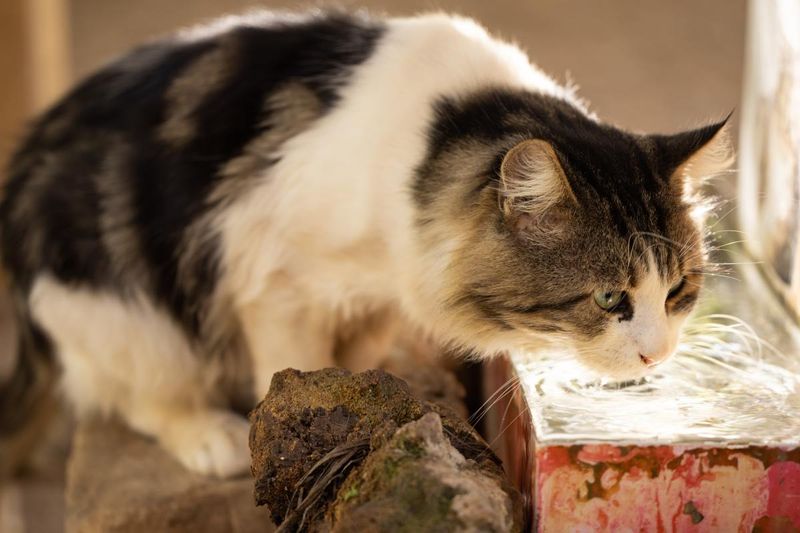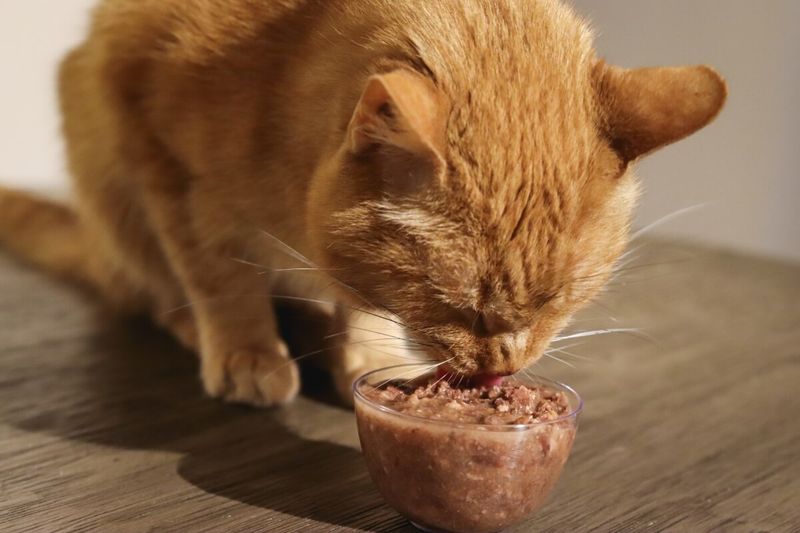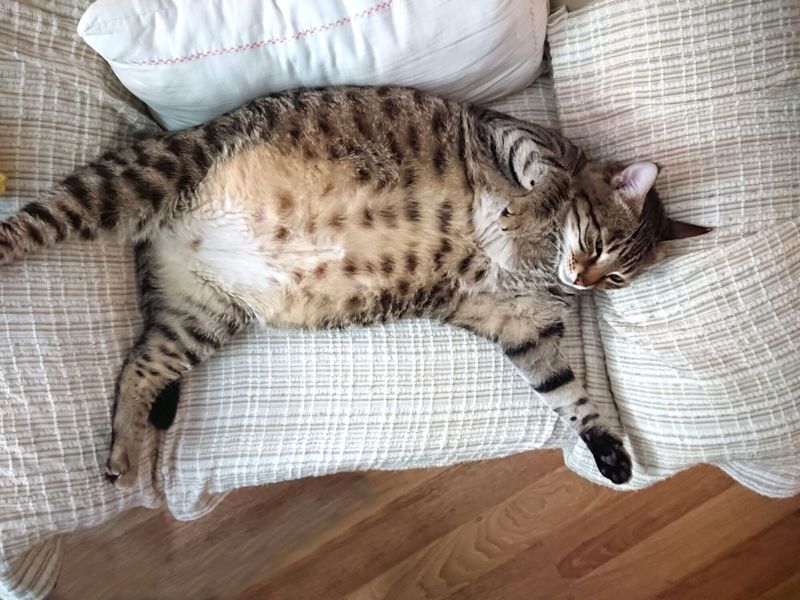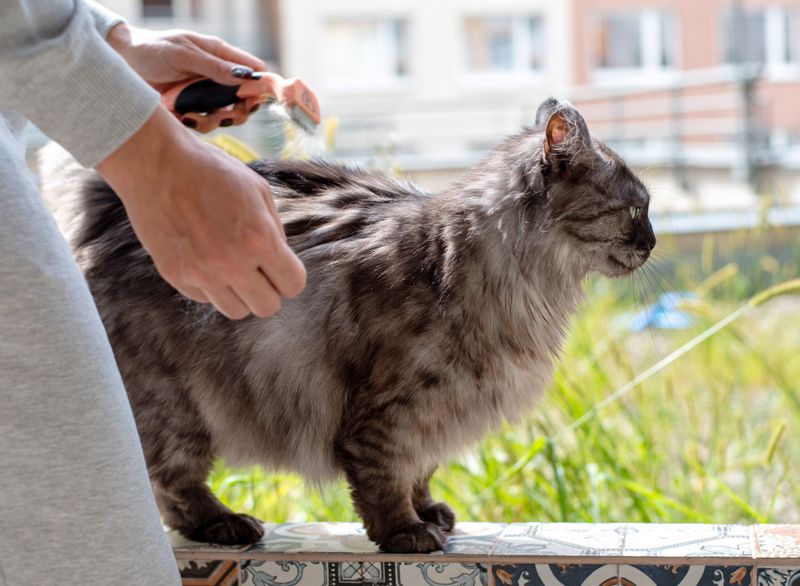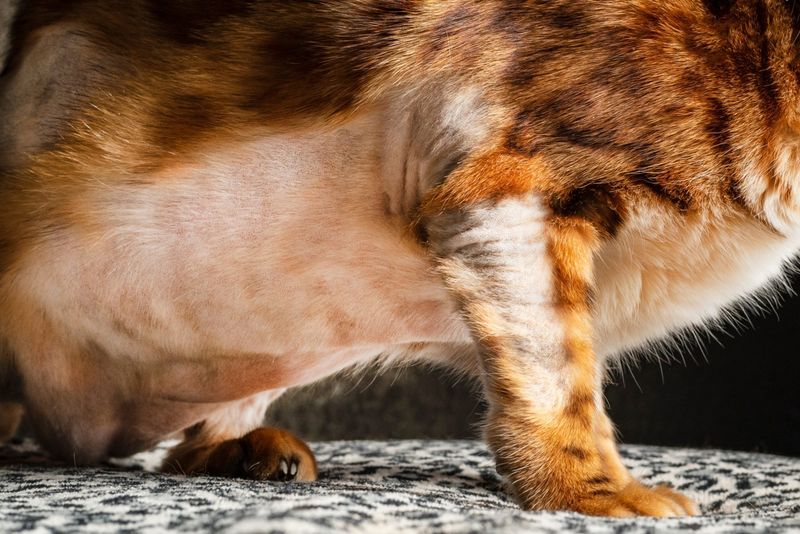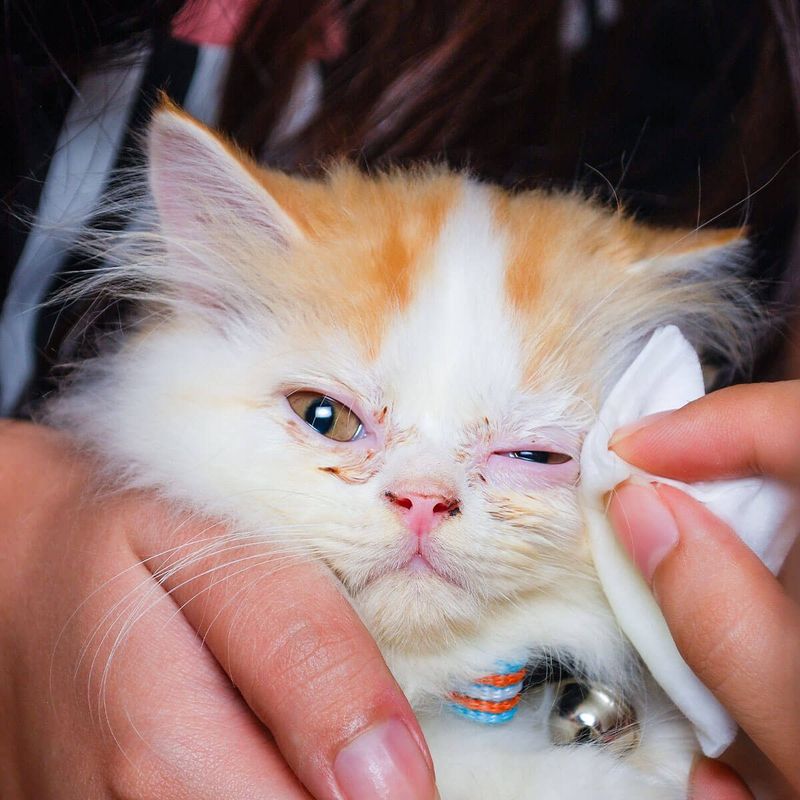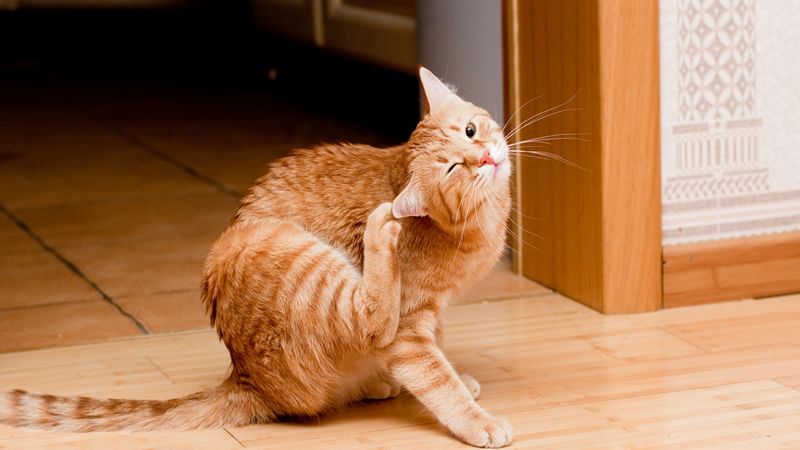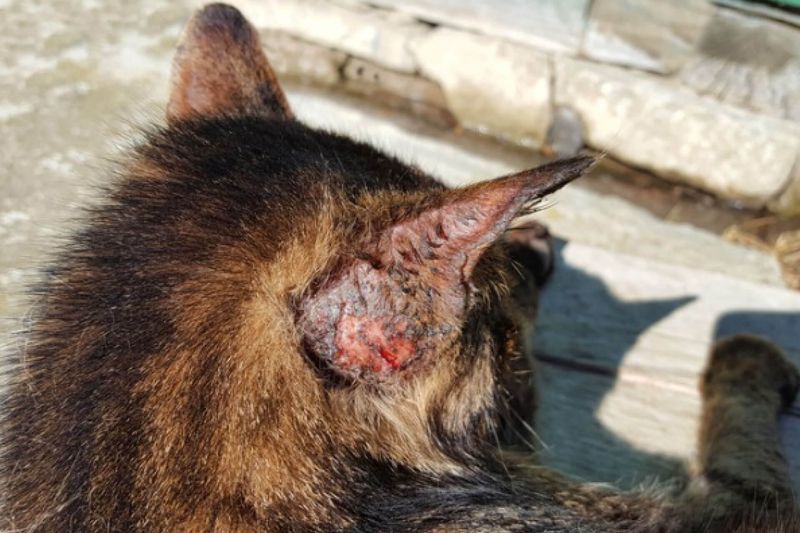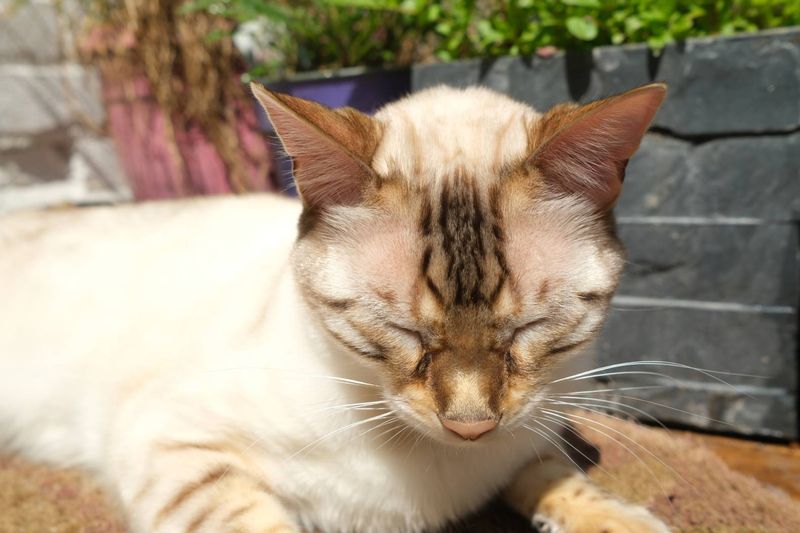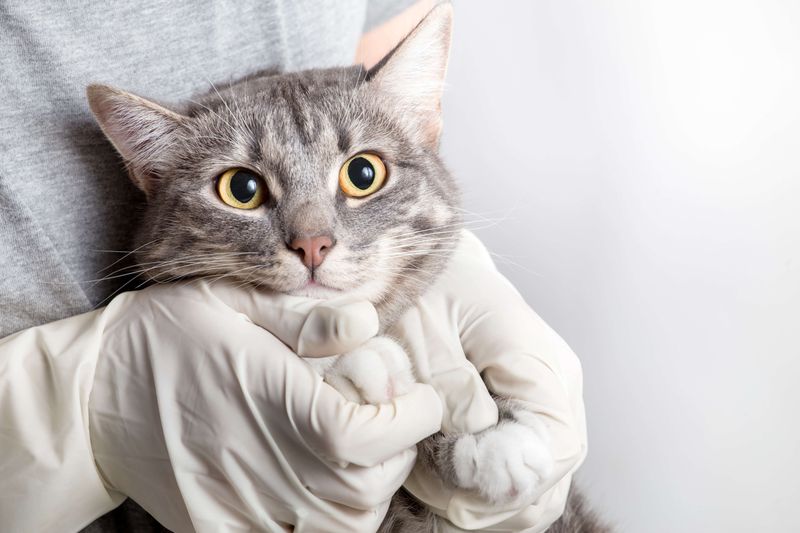📖 Table of Content:
- 1. Dry Skin
- 2. Dehydration
- 3. Poor Diet
- 4. Obesity
- 5. Lack of Grooming
- 6. Over-Grooming
- 7. Allergies (Food or Environmental)
- 8. Parasites
- 9. Fungal Infections (Ringworm)
- 10. Bacterial Infections
- 11. Sunburn (Especially in Light-Colored Cats)
- 12. Hormonal Imbalances (Thyroid Issues, Diabetes)
- 13. Low Humidity in the Home
- 14. Contact Dermatitis
- 15. Age-Related Skin Changes
Dandruff is a common concern for many pet owners, often causing discomfort for their feline companions. Seeing flaky skin on your cat can be distressing, but understanding the root causes is the first step toward effective management. Several factors, including diet, hydration, and environmental conditions, can contribute to this issue.
Addressing cat dandruff involves making small but meaningful adjustments to their care routine. Ensuring a well-balanced diet rich in essential fatty acids can significantly improve skin health. Additionally, maintaining proper hydration and providing a humid environment can prevent dryness, which often leads to dandruff. Regular grooming also plays a crucial role in keeping their skin and coat healthy.
By implementing simple yet effective changes, you can help your cat maintain smooth, flake-free skin. Monitoring their overall health, checking for underlying medical conditions, and consulting a veterinarian when necessary are essential steps. With proper care, your cat can enjoy improved comfort and well-being, making dandruff a manageable concern rather than an ongoing problem.
1. Dry Skin
Cats can suffer from dry skin due to low humidity, which can exacerbate dandruff. Providing a humidifier in your home can significantly help in hydrating your cat’s skin. Additionally, omega-3 fatty acid supplements are beneficial as they promote skin health. It’s crucial to ensure your cat’s environment mimics a natural habitat with adequate moisture. Regular grooming also helps in distributing natural oils. By taking these steps, you can improve your cat’s skin condition, reducing the chances of dandruff. Remember, a well-hydrated cat is a happy cat, free from flaky skin.
2. Dehydration
Water is essential for overall health, and dehydration can lead to dry skin and dandruff in cats. Ensuring your cat has constant access to fresh, clean water is vital. Consider investing in a pet water fountain to encourage your cat to drink more. Cats are naturally curious, and the sound of running water can entice them. Monitor your cat’s water intake and consult a vet if you notice any changes. Proper hydration supports not only skin health but also the function of vital organs. Keep your cat hydrated for their well-being.
3. Poor Diet
Nutrition plays a pivotal role in maintaining a cat’s skin and coat health. A poor diet lacking in essential nutrients can manifest as dandruff. Feeding your cat high-quality, protein-rich food with omega fatty acids is essential. These nutrients help in keeping the skin supple and fur shiny. Avoid low-grade commercial cat foods as they often lack these critical components. Regularly consult with your vet to ensure your cat’s diet meets their specific nutritional needs. A well-balanced diet is foundational for preventing dandruff and promoting overall health.
4. Obesity
Excess weight can lead to a host of health issues, including skin problems like dandruff. Obesity can make it difficult for cats to groom themselves effectively. Encouraging physical activity through interactive play not only aids in weight management but also skin health. Use toys that stimulate your cat’s natural hunting instincts. Portion control is equally important to prevent overeating. Regular vet check-ups can help monitor your cat’s weight and provide tailored advice. Maintaining a healthy weight is crucial for your cat’s overall well-being, reducing the incidence of dandruff.
5. Lack of Grooming
Regular grooming is vital for a cat’s skin health, especially for long-haired breeds prone to tangles and mats. Brushing helps remove dead skin cells and distributes natural oils, preventing dandruff. Incorporate grooming into your routine to strengthen the bond with your cat. Use a brush suitable for your cat’s fur type to avoid discomfort. Regular grooming sessions can also help you detect any skin issues early. It’s an opportunity to check for parasites or unusual lumps. A well-groomed cat is less likely to suffer from dandruff and other skin problems.
6. Over-Grooming
Stress and anxiety in cats can lead to over-grooming, which may result in dandruff. Creating a calm environment is essential for reducing your cat’s stress levels. Pheromone diffusers mimic natural cat scents, providing comfort. Ensure your cat has a safe space free from loud noises and disturbances. Interactive toys can also redirect anxious energy positively. If the behavior persists, consult a vet for further guidance. Addressing the root cause of stress benefits both your cat’s mental health and skin condition. A calm cat is less likely to develop dandruff from over-grooming.
7. Allergies (Food or Environmental)
Allergies can cause skin reactions in cats, leading to dandruff. Identifying the allergen is the first step towards management. Vets can conduct allergy tests to pinpoint the cause, whether it’s food or environmental factors. Once identified, eliminate or minimize exposure to these allergens. Consider a hypoallergenic diet if food allergies are suspected. Regular cleaning can help reduce environmental allergens. Consulting with a vet ensures a tailored approach to managing allergies. By addressing allergies, you can significantly improve your cat’s skin health and reduce dandruff occurrences.
8. Parasites
Fleas, mites, and lice can cause skin irritation and dandruff in cats. Regular use of vet-approved flea and tick preventatives is essential in keeping these pests at bay. Regular checks using a flea comb can help detect parasites early. If your cat exhibits excessive scratching, it’s crucial to consult a vet. They can recommend appropriate treatments to eliminate parasites. Maintaining a clean living environment also reduces the risk of infestations. Protecting your cat from parasites not only prevents dandruff but also ensures their overall comfort and health.
9. Fungal Infections (Ringworm)
Fungal infections like ringworm can lead to dandruff and fur loss in cats. Recognizing the signs early is crucial for treatment. If you notice circular patches of hair loss, consult a vet immediately. Antifungal treatments are effective but require consistent application. Isolate infected cats to prevent spreading to other pets or humans. Regular cleaning of your home environment can also reduce fungal spores. Successful treatment restores not only your cat’s skin health but also their fur’s appearance. Vigilance in monitoring your cat’s skin can prevent fungal infections from becoming severe.
10. Bacterial Infections
Medicated shampoos, prescribed by a veterinarian, are effective in treating and managing bacterial issues. Regular use of these shampoos helps ensure proper cleansing and promotes healthier skin. It’s important to watch for signs of skin irritation, unusual odors, or excessive scratching, as these could indicate an infection. Seeking prompt veterinary care can prevent the infection from spreading and causing further complications. A consistent hygiene routine plays a key role in keeping your cat’s skin healthy and free from bacterial-related dandruff.
11. Sunburn (Especially in Light-Colored Cats)
Cats with light-colored fur are more prone to sunburn, potentially leading to dandruff. Limiting sun exposure during peak hours is crucial. Apply pet-safe sunscreen to vulnerable areas like ears and nose, especially in outdoor cats. Creating shaded areas in your home provides a safe retreat from intense sunlight. Regular skin checks can help detect early signs of sun damage. Protecting your cat from sunburn not only prevents dandruff but also reduces the risk of skin cancer. Ensuring your cat is sun-safe contributes to their overall skin and coat health.
12. Hormonal Imbalances (Thyroid Issues, Diabetes)
Conditions like hypothyroidism or diabetes require regular monitoring and vet check-ups. Blood tests can help diagnose these underlying issues. Managing these conditions with medication or dietary adjustments can improve your cat’s skin condition. Early detection is vital for effective treatment. Regular vet visits ensure any imbalances are addressed promptly. A proactive approach to your cat’s health can mitigate the effects of hormonal issues on their skin. Consistent care and monitoring lead to healthier skin and reduced dandruff.
13. Low Humidity in the Home
Using a humidifier, particularly during colder months, adds much-needed moisture to the air. This helps create a more comfortable environment that supports healthy skin. Monitoring humidity levels ensures they stay within an optimal range for your cat’s well-being. Keeping your cat’s skin hydrated is essential in preventing flakiness and irritation. Regular grooming helps distribute natural oils, enhancing the benefits of a humidified space. Brushing your cat frequently can also remove dead skin cells and improve circulation. Together, these efforts contribute to healthier skin and a shinier coat.
14. Contact Dermatitis
Reducing contact dermatitis in cats starts with identifying exposure to certain cleaning products, litters, or fabrics, which can lead to dandruff and skin irritation. Switching to hypoallergenic alternatives can help minimize discomfort and reduce the risk of flare-ups. Paying close attention to your cat’s reaction to new products or environments is essential in identifying potential triggers. Regularly washing your cat’s bedding with pet-safe detergents can further prevent irritation. Keeping their living space free from harsh chemicals or strong fragrances supports healthier skin.
15. Age-Related Skin Changes
As cats age, their skin and coat may require extra care. Older cats are prone to dry skin and dandruff due to natural changes. Regular grooming and skin supplements can support their skin health. Omega-3 and omega-6 fatty acids are beneficial in maintaining skin elasticity and moisture. Providing a balanced diet helps manage age-related issues. Regular vet check-ups can identify any underlying problems early. A proactive approach in caring for aging cats can maintain their quality of life. By addressing skin changes, you ensure your cat remains comfortable and dandruff-free.
